This month sees the following articles in CrystEngComm that are in the top ten most accessed:-
Highly interpenetrated diamondoid nets of Zn(ii) and Cd(ii) coordination networks from mixed ligands
Jian-Jr Cheng, Ya-Ting Chang, Chia-Jun Wu, Yi-Fen Hsu, Chia-Her Lin, Davide M. Proserpio and Jhy-Der Chen
CrystEngComm, 2012, 14, 537-543 DOI:10.1039/c1ce06019h
Construction of helical networks by using multiple V-shaped mixed ligand systems
Arijit Goswami, Satirtha Sengupta and Raju Mondal
CrystEngComm, 2012, 14, 561-572 DOI:10.1039/c1ce05380a
Axially chiral metal-organic frameworks produced from spontaneous resolution with an achiral pyridyl dicarboxylate ligand
Xin Tan, Jixian Zhan, Jianyong Zhang, Long Jiang, Mei Pan and Cheng-Yong Su
CrystEngComm, 2012, 14, 63-66 DOI:10.1039/c1ce05995e
Structural diversity and properties of coordination polymers built from a semi-rigid tetradentenate carboxylic acid
Ling-Ling Qu, You-Long Zhu, Jun Zhang, Yi-Zhi Li, Hong-Bin Du and Xiao-Zeng You
CrystEngComm, 2012, Advance Article DOI:10.1039/c1ce05931a
Five coordination networks based on zwitterionic ligands: synthesis, crystal structures and optical properties
Guo-Qiang Kong and Chuan-De Wu
CrystEngComm, 2012, Advance Article DOI:10.1039/c1ce06052j
A new type of 3D [(MII)2(TCNQ-II)3]2- coordination network with spacious channels of hexagonal cross-section generated from TCNQH2
Brendan F. Abrahams, Robert W. Elliott, Timothy A. Hudson and Richard Robson
CrystEngComm, 2012, 14, 351-354 DOI:10.1039/c1ce06104f
Temperature and auxiliary ligand-controlled supramolecular assembly in a series of Zn(ii)-organic frameworks: syntheses, structures and properties
Kou-Lin Zhang, Chuan-Tao Hou, Jing-Jing Song, Ye Deng, Liang Li, Seik Weng Ng and Guo-Wang Diao
CrystEngComm, 2012, 14, 590-600 DOI:10.1039/c1ce05577a
Novel tetrazole-based metal?organic frameworks constructed from in situ synthesize bifunctional ligands: syntheses, structure and luminescent properties
Lin Sun, Li Ma, Jin-Biao Cai, Li Liang and Hong Deng
CrystEngComm, 2012, Advance Article DOI:10.1039/c1ce05829k
Selective carbon dioxide uptake and crystal-to-crystal transformation: porous 3D framework to 1D chain triggered by conformational change of the spacer
Ritesh Haldar and Tapas Kumar Maji
CrystEngComm, 2012, 14, 684-690 DOI:10.1039/c1ce05847a
Synthesis, structures and luminescent properties of new Pb(ii)/M(i) (M = K, Rb and Cs) frameworks based on dicarboxylic acids: a novel icosahedral Pb6-M6 SBU
Xian-Qiang Li, Hua-Bin Zhang, Shu-Ting Wu, Jian-Di Lin, Ping Lin, Zhi-Hua Li and Shao-Wu Du
CrystEngComm, 2012, Advance Article DOI:10.1039/c1ce06111a
Why not take a look at the articles today and blog your thoughts and comments below.
Fancy submitting an article to CrystEngComm? Then why not submit to us today or alternatively email us your suggestions.











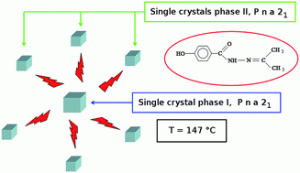

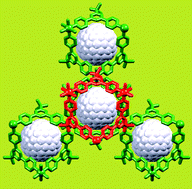 2D and 3D coordination networks with fullerene guests are promising candidates for superconducting materials, with potential applications in gas and information storage.
2D and 3D coordination networks with fullerene guests are promising candidates for superconducting materials, with potential applications in gas and information storage.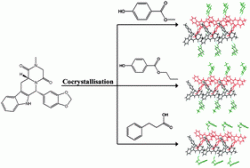

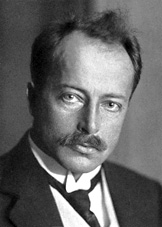


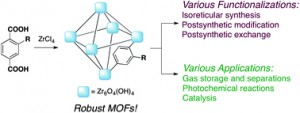 This comprehensive Highlight by Min Kim and Seth Cohen outlines the discovery, development and functionalization of Zr(IV)-based metal–organic frameworks. MOFs in general have been widely studied and the potential in biotechnological applications, catalysis, chemical sensing, gas separation and gas storage is of great interest.
This comprehensive Highlight by Min Kim and Seth Cohen outlines the discovery, development and functionalization of Zr(IV)-based metal–organic frameworks. MOFs in general have been widely studied and the potential in biotechnological applications, catalysis, chemical sensing, gas separation and gas storage is of great interest.